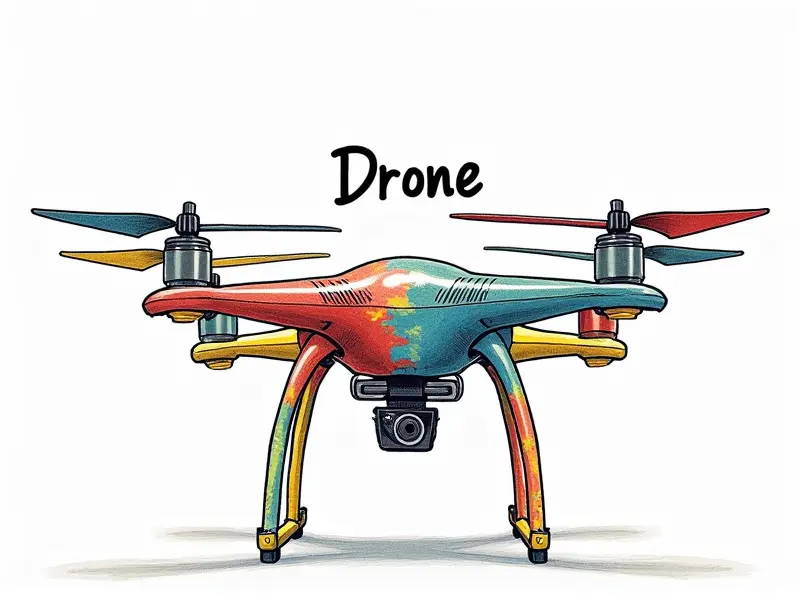How to control a RC airplane?

Mastering RC Airplane Controls Quickly
Controlling an RC (Radio Controlled) airplane can seem daunting at first, but with the right approach and some practice, you'll be flying like a pro in no time. This guide will walk you through the essential steps to get your RC plane airborne and under control.
Beginner's Guide to Flying RC Planes
Flying an RC airplane for the first time can feel overwhelming with so many controls and settings to consider. Here’s a simple step-by-step guide to help you navigate through your initial flights:
- Select Your First Plane: Choose a plane that is easy to handle, like a trainer model designed for beginners.
- Read the Manual: Thoroughly read and understand the manual provided by the manufacturer. This will give you all the necessary information about your specific aircraft.
- Set Up Your Equipment: Make sure to charge your batteries, test the radio transmitter for any dead zones or interference, and calibrate your servos.
Easy Tips for Controlling RC Aircraft
Flying an RC plane requires a combination of skill and patience. Here are some easy tips that will help you control your aircraft more effectively:
- Practice Slowly: Start with slow, gentle movements to get used to the responsiveness of your controls.
- Understand the Controls: Learn how each stick on your transmitter affects the plane’s movement. The left stick controls pitch and roll, while the right stick controls yaw and throttle.
- Use a Trainer Plane: A trainer model is designed to be more forgiving and easier to handle for beginners.
Simple Steps to RC Plane Mastery
Mastery of RC airplane control comes with time, patience, and practice. Follow these simple steps to improve your flying skills:
- Start Indoors: Begin in a large indoor space like a gym or warehouse where you have more room for mistakes without damaging the plane.
- Learn Basic Maneuvers: Master basic maneuvers such as takeoff, landing, and turning before attempting anything more complex.
- Join an RC Club: Joining a local club can provide you with valuable guidance from experienced pilots who can offer tips and advice.
Top Tricks for Smooth RC Plane Flight
To achieve smooth flights, it’s crucial to understand the nuances of flying your RC plane. Here are some tricks that will help:
- Precision Throttle Control: Use precise throttle control to maintain steady altitude and speed.
- Avoid Overcorrections: When making corrections, avoid overcorrecting as it can destabilize your plane.
- Use Trim Settings: Adjust the trim settings on your transmitter for better stability during flight.
Navigate Like a Pro with RC Planes
Becoming proficient at navigating an RC plane requires practice and understanding of various techniques. Here’s how you can improve your navigation skills:
- Practice Landings: Perfecting landings is crucial for safe flying. Focus on landing smoothly without damaging the aircraft.
- Learn to Fly in Windy Conditions: Practicing in varied weather conditions will help you adapt your techniques accordingly.
- Use GPS Tracking: Modern RC planes often come with GPS tracking systems that can assist in navigation and recovery of lost aircraft.
Perfect Your RC Airplane Handling Skills
To enhance your handling skills, it’s important to continuously refine your techniques. Here are some ways to do so:
- Regular Practice Sessions: Consistency is key in improving your flying skills.
- Analyze Your Flights: Review recordings of your flights to identify areas for improvement.
- Tune Your Plane’s Settings: Regularly fine-tuning the settings can enhance performance and stability.
RC Plane Control: From Novice to Pro
The journey from being a novice to becoming an expert RC pilot involves several stages of learning and improvement. Here's how you can progress through these stages:
- Novice Stage: Focus on mastering basic controls, understanding the aircraft’s behavior under different conditions.
- Intermediate Stage: Begin to explore more advanced maneuvers such as loops and rolls. Join competitions or events to challenge yourself.
- Expert Stage: At this stage, you can handle complex aerobatics and fly in challenging weather conditions with ease.
Understanding RC Airplane Remote Controls
To effectively control your RC plane, it’s essential to understand the function of each remote control component. Here’s a breakdown:
- Left Stick (Roll and Pitch): The left stick controls roll (side-to-side movement) and pitch (up-and-down movement).
- Right Stick (Yaw and Throttle): The right stick controls yaw (rotation around the vertical axis) and throttle (engine speed).
- Trim Settings: These allow you to adjust the neutral position of each control surface for better stability.
Flying RC Planes: The Ultimate Guide
This guide covers everything from selecting your first plane, setting up your equipment, and mastering the controls. By following these steps, you’ll be well on your way to becoming a skilled RC pilot:
- Choose Wisely: Select an aircraft that is suitable for beginners.
- Set Up Correctly: Ensure all equipment is properly set up and tested before flying.
- Mastery Through Practice: Regular practice is key to improving your skills and handling complex maneuvers with ease.
Quick Start Guide to RC Plane Handling
This quick start guide provides a concise overview of the essential steps for beginners looking to handle their first RC plane:
- Select Your Model: Choose an easy-to-handle trainer model.
- Charge and Test Equipment: Make sure everything is functioning correctly before your first flight.
- Practice Basic Maneuvers: Start with simple takeoffs, landings, and turns to get comfortable with the controls.
Conclusion
Mastery of RC airplane control is a journey that requires patience, practice, and continuous learning. By following this comprehensive guide, you'll be well-equipped to handle your first flights smoothly and confidently. Remember, each flight is an opportunity for improvement, so keep practicing and enjoying the thrill of flying!

